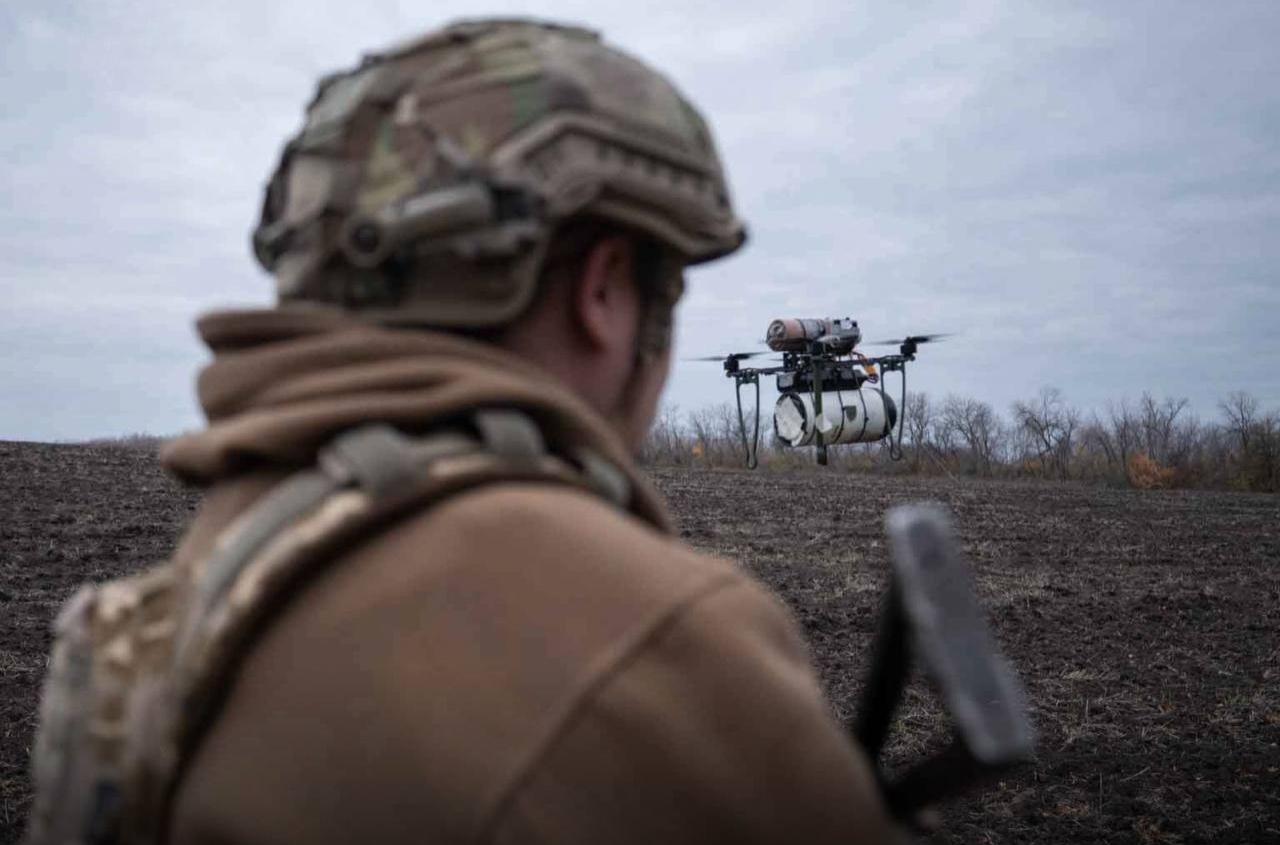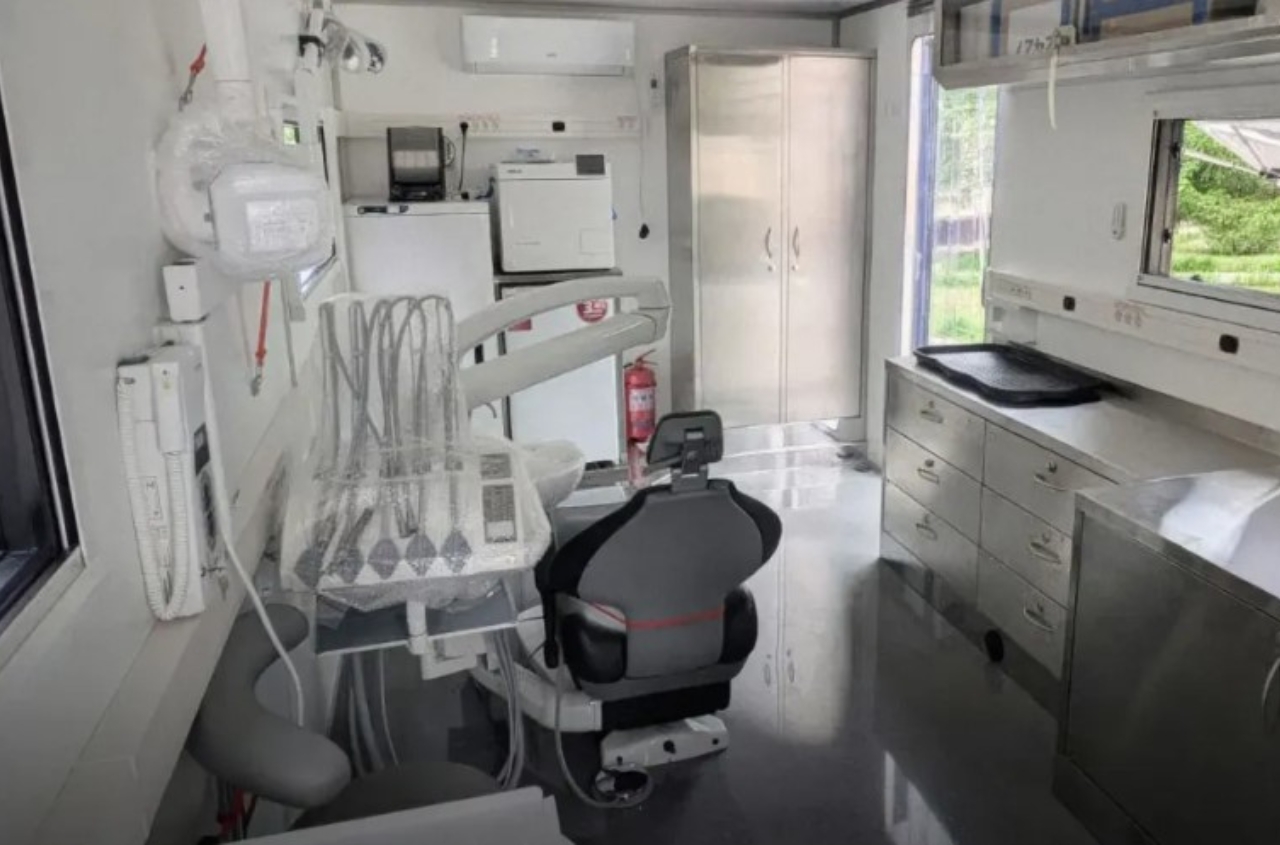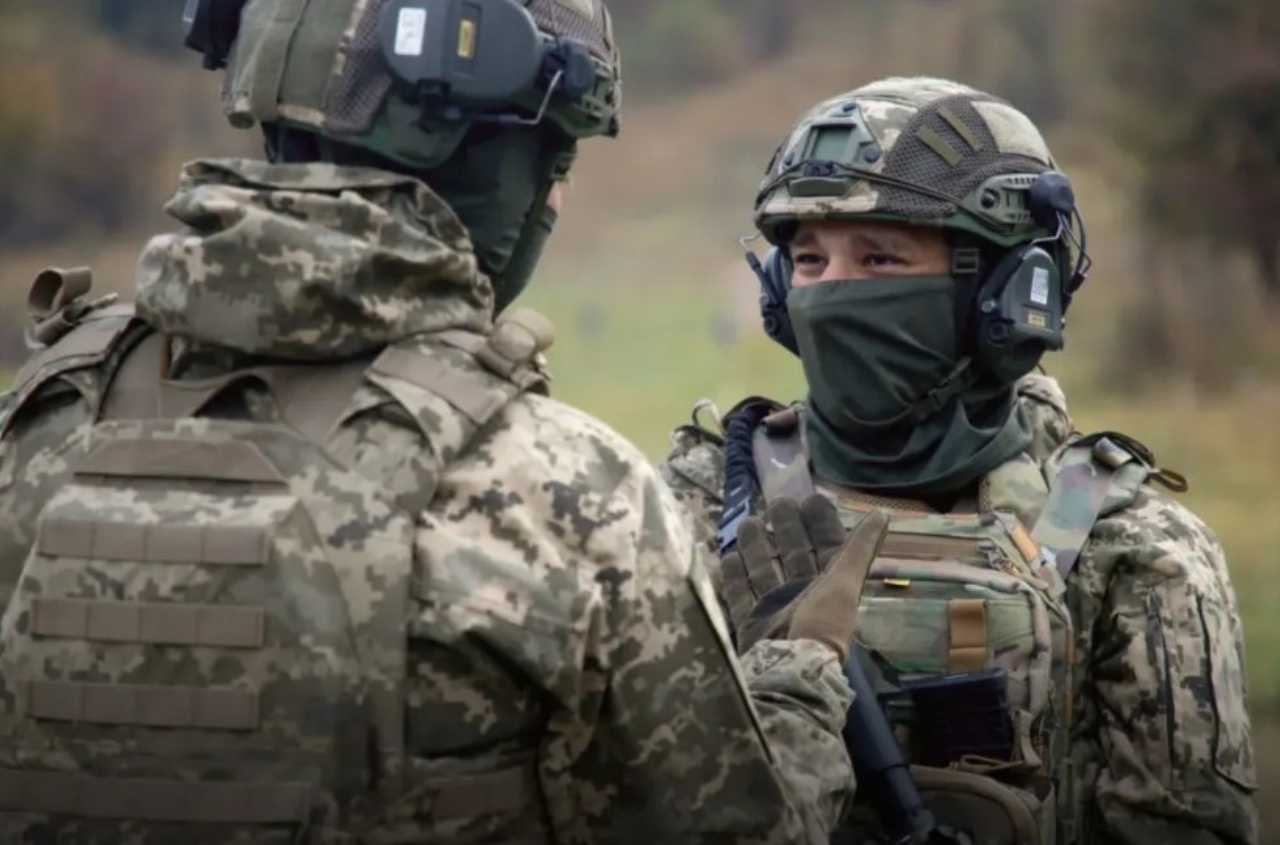Metinvest has manufactured and delivered over 30 mine-clearing trailers to the Ukrainian Armed Forces, as confirmed by the company.
The mine-clearing trailers are equipped with heavy metal wheels mounted on a steel base—attachments that connect to the front of the vehicle. As the vehicle moves forward, the trailer exerts pressure on the ground ahead. If mines are present, the pressure from the trailer activates them, causing the mines to detonate beneath it rather than under the main vehicle. This protects both the crew and the machinery from damage.
The trailers resemble large metal rollers weighing up to 6.5 tons, which rotate during movement. While other mine-clearing devices, such as plow-like structures, exist, these trailers are designed specifically to ensure safe passage through hazardous areas.
“These explosive traps have become one of the most serious threats to our Armed Forces. That’s why Metinvest has taken on the responsibility of producing mine-clearing trailers, which protect the lives of our defenders and preserve equipment. The trailers have already proven their effectiveness on the front lines, taking hits instead of tanks. We will continue to do everything we can to bring our victory closer,” said Rinat Akhmetov, shareholder of the Metinvest Group.
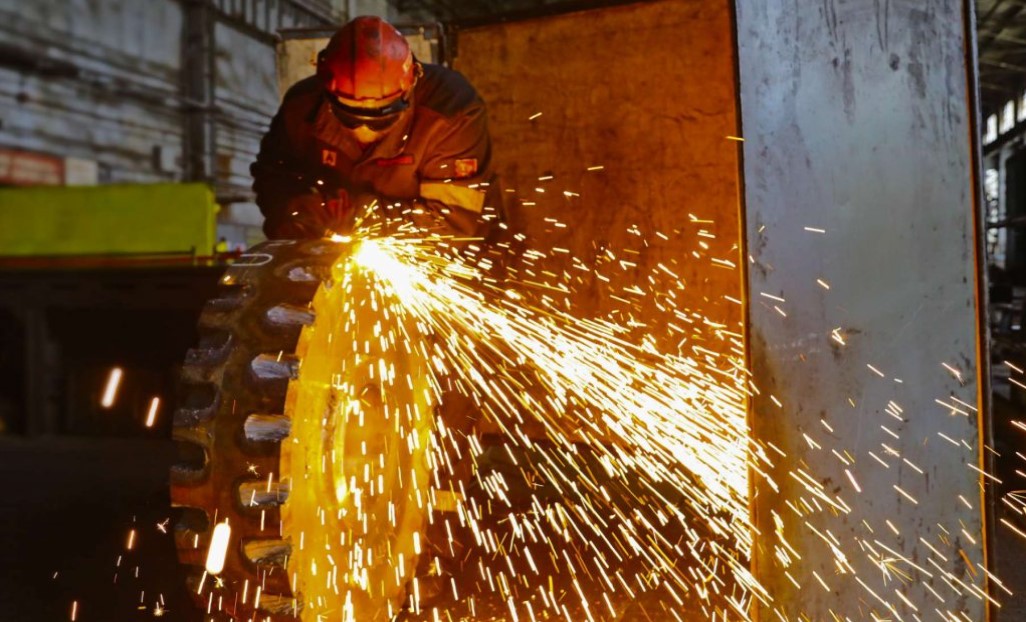
The mine-clearing trailers at Metinvest were created in response to requests from the Ukrainian military. They are an essential part of counteroffensive operations. The trailers are based on the Soviet-made KMT-7 roller mine-clearing design, which Metinvest specialists improved to create their own version.
"The KMT-7 is a quite successful prototype of a mine-clearing trailer, which is why we chose it as a model for improvement. Metinvest, in cooperation with the military, made adjustments to the trailer's design to simplify its use on the front lines while also increasing efficiency. Specifically, the system for dropping the trailer from the combat vehicle was modernized, and the trailers are now equipped with a mechanical release system that allows for automation of this process," says Alexander Mironenko, Chief Operating Officer at Metinvest.
Metinvest's engineers also took into account the unique characteristics of combat vehicles that lack the necessary fittings to attach a trailer. To address this, universal adapters are included with the trailers, which can be quickly installed on a tank to allow the trailer to be attached.
Additionally, to facilitate quick repairs of the trailers after field use, the company has begun producing spare parts. The repair kits contain a set of wheels—three per trailer—since these components bear the most significant load and are prone to damage during demining operations.
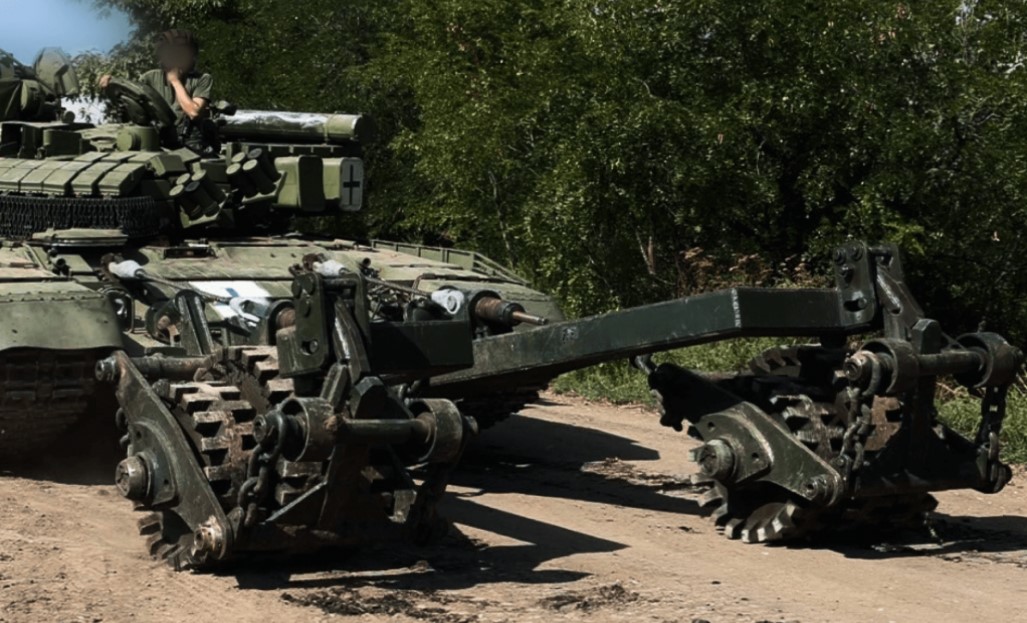
History of Mine-Clearing Trailers: Development and Enhancement
The intense development and refinement of mine-clearing trailers occurred during the 1960s. Notably, the Soviet design bureau SKB-200 was highly active in this field, creating a series of trailers under the general name Ural. These trailers were designed to replace outdated models, such as the KMT-4M and KMT-5M, and were adapted for use with new tanks like the T-54, T-55, T-62, and T-64.
As the new tanks had different dimensions and characteristics, the trailer design underwent significant changes. For example, the diameter of the wheels was reduced, allowing for more effective neutralization of new types of mines. Furthermore, the control system for the trailers was improved, enhancing their reliability.
One of the outcomes of these developments was the KMT-6 trailer, which featured a pneumatic control system and could clear minefields with antipersonnel mines. Another major achievement was the creation of the KMT-7, which became the primary mine-clearing tool for the Soviet army. The KMT-7 featured an improved wheel design and greater effectiveness.
Following the collapse of the Soviet Union, the production and use of the KMT-7 continued in various CIS countries. The trailer proved to be a reliable and effective tool for demining. However, over time, new types of mines emerged, necessitating further enhancements to the trailer's design.
In the ongoing development of mine-clearing trailers, the focus shifted to improving their versatility and simplifying their operation. The "Ural-3" trailer, for instance, featured a modular design and the ability to quickly replace working parts.
Today, Metinvest's modern production of mine-clearing trailers continues to build on the principle of modularity. This approach allows the trailers to be quickly adapted for specific combat tasks, which is especially crucial given the constantly changing nature of mine threats.















